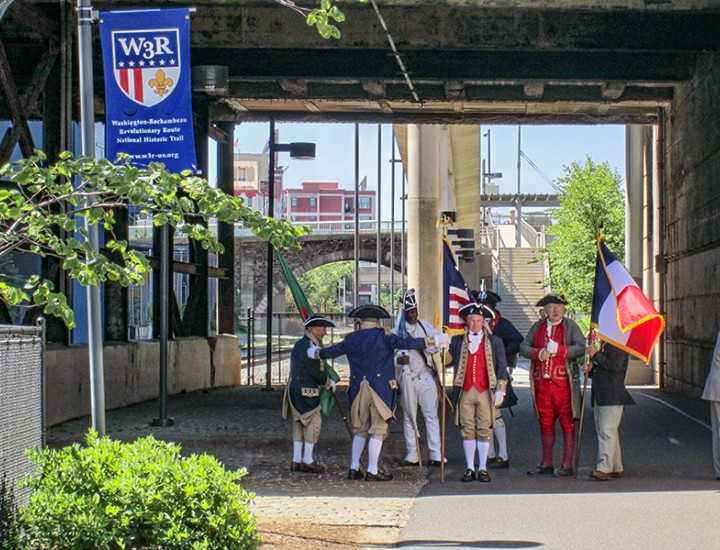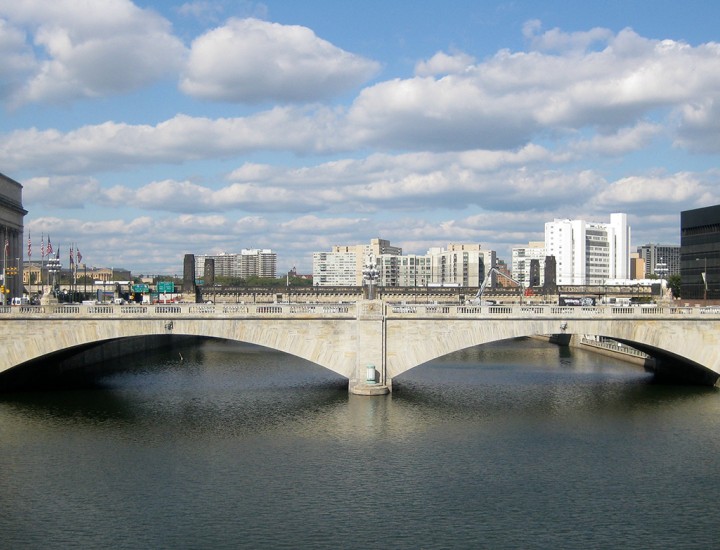Generating Energy on the Lower Schuylkill
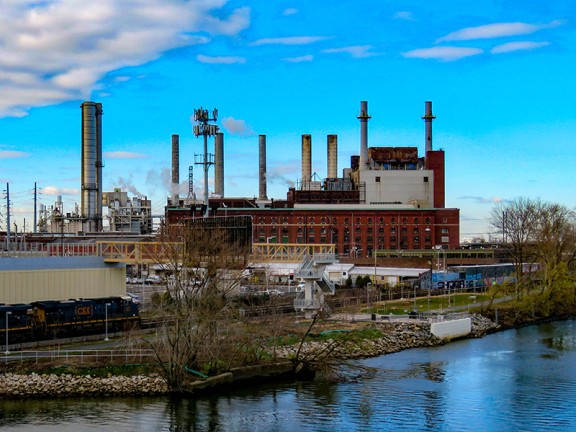
In 1902, several local Philadelphia electrical companies consolidated to form the Philadelphia Electric Company. A year later, the company opened the first large-scale, centralized power plant in Philadelphia, the Schuylkill Station or Station A (and later called A-1). This riverside plant took advantage of easy access to coal via barge and train, as well as easy access to water from the Schuylkill. The plant was designed by architect John T. Windrim and engineer William C. Eglin, a duo who designed multiple power stations along the Schuylkill and Delaware Rivers. Aaron Wunsch, author of Palazzos of Power, remarks in an interview with Michael Bixler of Hidden City, “There’s a puzzling grandeur to these places… they looked weird and awesome in their day and perhaps even more so now. “
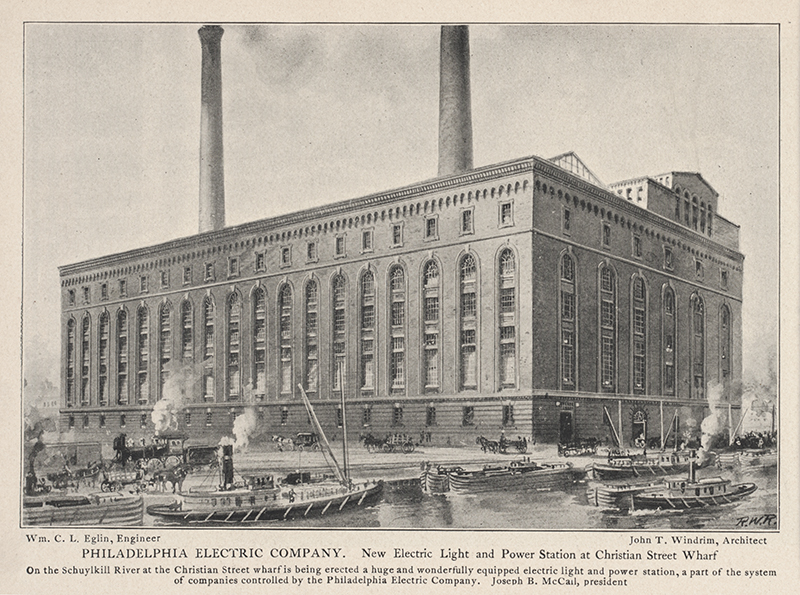 1901 rendering of the Schuylkill Station viewed from the river. Image courtesy of the Free Library, Print and Picture Collection.
1901 rendering of the Schuylkill Station viewed from the river. Image courtesy of the Free Library, Print and Picture Collection.
When the Schuylkill Station opened, two turbines produced a combined 7,000 kilowatts of power. The plant was constantly upgraded throughout the early 1900s to keep pace with increasing demands for electricity – more powerful turbines replaced early models and additional generators were installed. (Learn how turbine driven generators produce energy here). A little more than a decade after the station first opened, a new station (A-2) was built alongside the original station. Station A-2 contained two generators that produced a combined 65,000 kilowatts of power – and helped power the Workshop of the World.
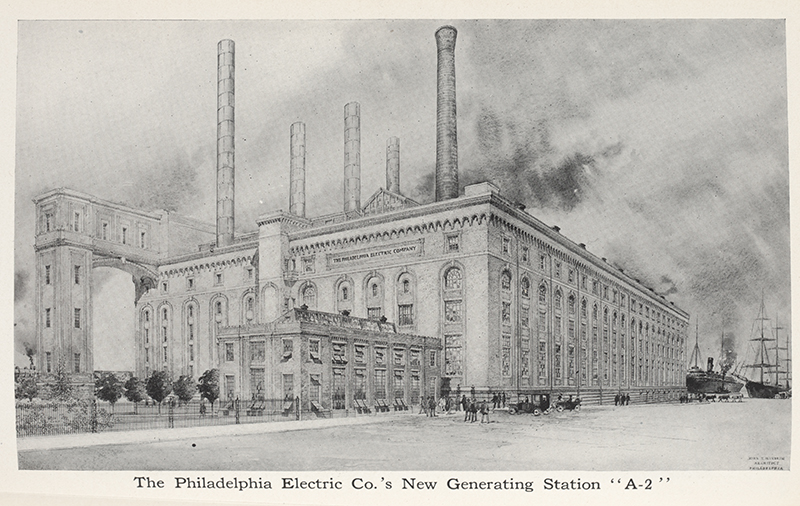 1914 rendering of A-2.
1914 rendering of A-2.
The Schuylkill Station continued to evolve throughout the 20th and 21st Centuries. Co-generation of steam and electricity for heating systems around the city began in 1950. In 2013, Veolia North America completed a $60 million project that converted the power plant from fuel oil to natural gas, reducing its emissions. The power plant’s new owner, Vicinity Energy of Antin Infrastructure Partners (AIP) of Paris, France, continues to invest in the power plant, making it more efficient and environmentally sustainable using its green steam technology. According to a Philadelphia Inquirer article, this green steam is delivered to "162 customers through underground pipes beneath city streets and sidewalks. It is one of the city’s biggest energy distribution systems, and its customers include office and residential towers, hospitals, and city government buildings, including the Parkway Central Library and the Philadelphia Museum of Art. The University of Pennsylvania consumes much of its output.”
Head over to the southern end of the South to Christian trail segment to see this century-old energy generating complex.

